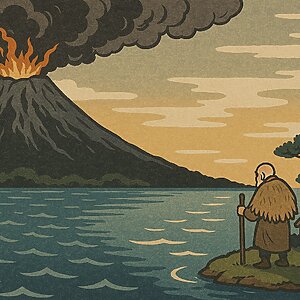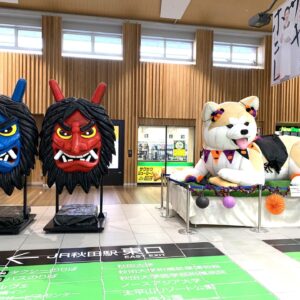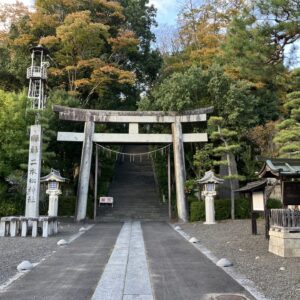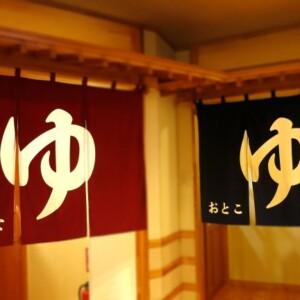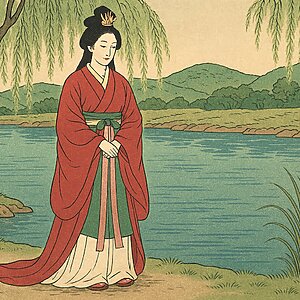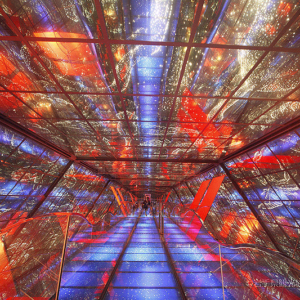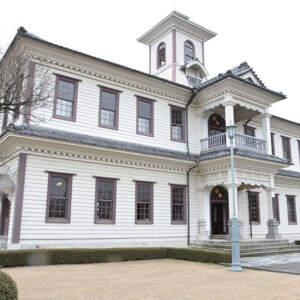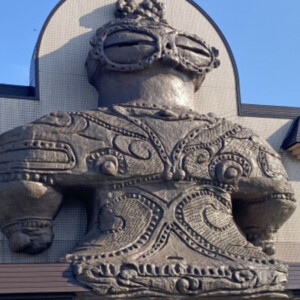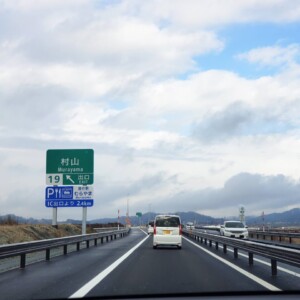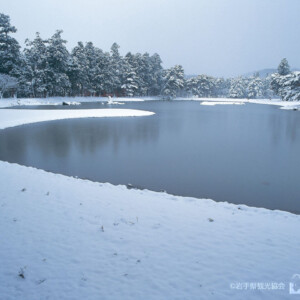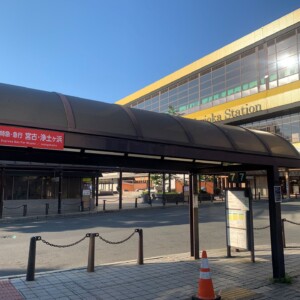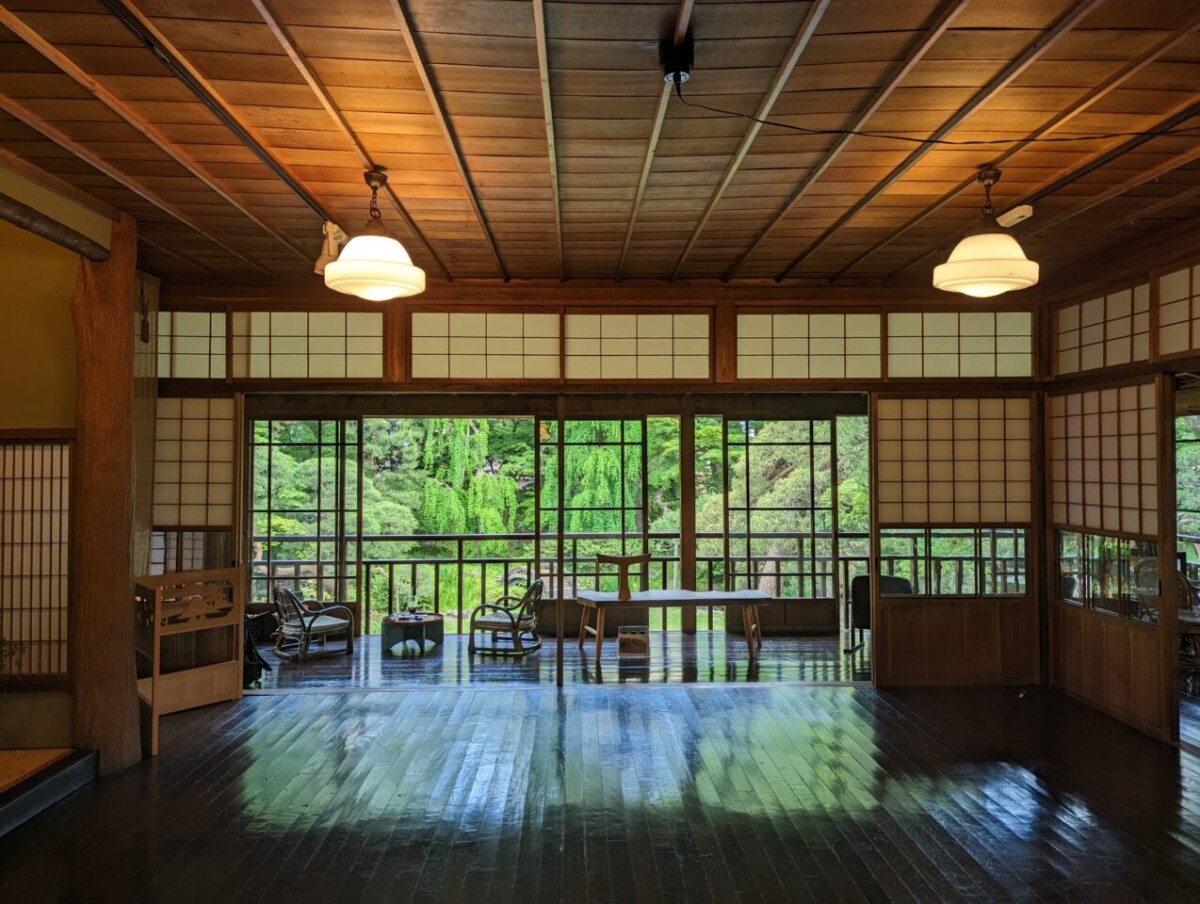
Nanshoso, a Meiji mansion that remains in Morioka [Morioka City, Iwate Prefecture]
table of contents
Have you Nanshoso
The owner of the mansion has been changed many times since the Meiji era, and has been expanded and renovated, and is a mansion that has been watching over Morioka City, Iwate Prefecture for over 100 years, despite being at the mercy of the times.
Currently owned by the Iwate Seikatsu Cooperative Association, it is a facility with a wonderful view where you can enjoy a coffee while looking out at the garden for a fee during the summer and winter seasons, as well as holding tea parties, concerts, and haiku parties. .
This time we will talk about our visit to Nanchoso, a Meiji-era mansion that represents Morioka City.
"Nanchoso" located in the south of Morioka city area
``Nanchoso'' was built on the river terrace on the left bank of the Kitakami River, a 25-minute walk south of Morioka Station.
The current address is ``Shimizu-cho, Morioka City, Iwate Prefecture,'' but the area was known as ``Joshukoji'' until it was completed around 1888.six daysIt was a samurai town located in the southwest of the town, and was a two-and-a-half town town on either side of the Oshu Highway.
``Nanchoso'' completed in 1885
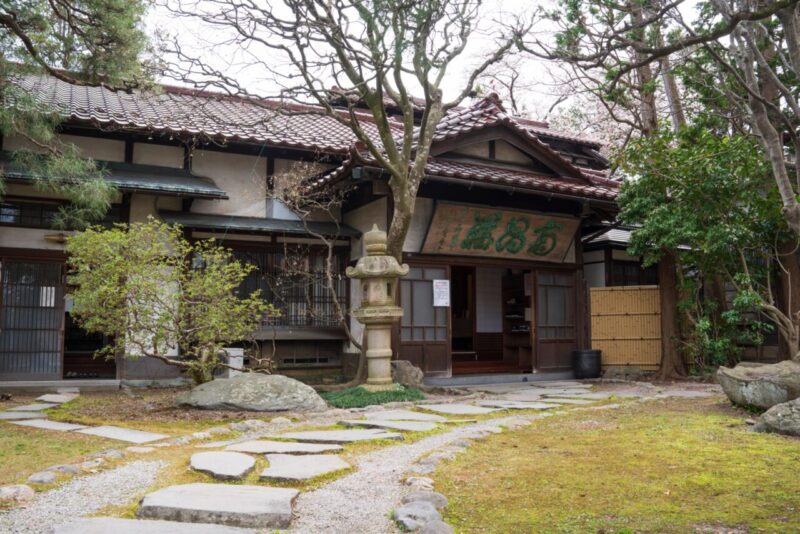
The current Namsho-so was built in 1885 (Meiji 18), the year after Yasugoro Segawa, the manager of the Arakawa Mine, lost his home in Esashikoji (now Sake-cho) in the Morioka Kanan Great Fire of 1884. It was newly built as a home.
Yasugoro Segawa was born as the son of Sosuke Aburaya, the fourth generation owner of a money exchange shop in Morioka, and was a successful businessman in the Meiji era, becoming the fourth richest man in the prefecture and known as the ``Mining King of Michinoku''. He is a well-known person in the central business world.
Yasugoro Segawa is also known for his active role in cultural aspects, including supporting Japanese painters Hoan Hirafuku and Hyakuho.
``Nanchoso'' has been loved for 5 generations for 138 years this year.
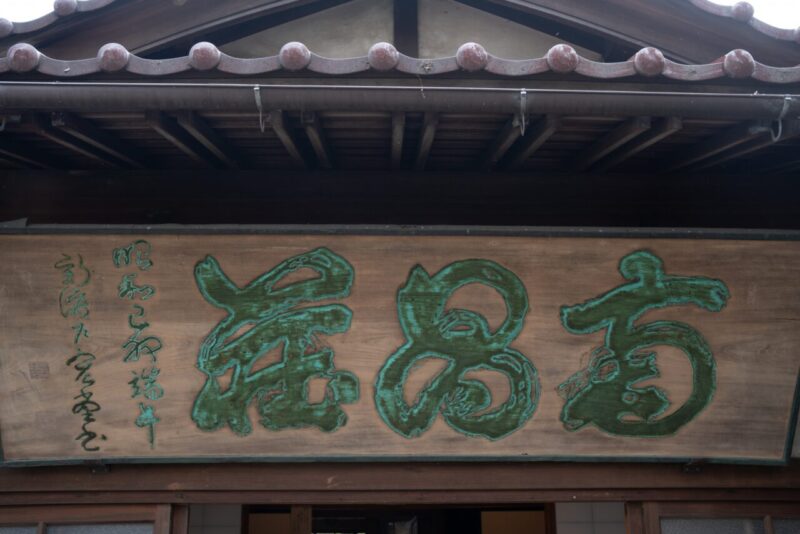
Namsho-so was built as Yasugoro Segawa's home and has since changed hands many times.
1885~1907 Owner: Yasugoro Segawa
In 1884, his house in Esashikoji (present-day Sake-cho) was destroyed in the Morioka-Kanan Great Fire, but the following year, he built a new home in Joshu-koji (Shimizu-cho).
1907~1910 Owner: Oyama Taro
Taro Oyama, who became the fifth mayor of Morioka, acquired Namsho-so from Yasugoro Segawa.
Taro Oyama used this residence as a vacation home, and in 1908, Hara Takashi (the 19th Prime Minister) and his wife stayed there for a month, and the following year, Hirobumi Ito (the first, 5th, 7th, and 10th Prime Ministers) stayed there for a month. Minister) visited Morioka with His Royal Highness the Crown Prince of the Republic of Korea, Lee Chun, and a welcome garden party was held at Nanchang Manor.
1910~1932 Owner: Katsusada Kindaichi
Later, Katsusada Kindaichi, who was the actual manager of Morioka Bank (currently Iwate Bank), acquired the mansion and made extensive additions (a Japanese-style room to the right of the entrance, and a three-room addition adjacent to the large hall on the second floor).
1932~1987 Owner: Tahei Akazawa
After the expansion, Tahei Akazawa, a kimono wholesaler in Morioka/Kokumachi (currently Akazawa Sensho), purchased it as a villa, and the name ``Nanchoso'' was given to Sengaku Nitobe, an educator, local historian, and calligrapher, when Tahei Akazawa owned it. The name was requested, and the front entrance and the signboards in each room are based on Nitobe Sengaku's calligraphy.
1987~ Owner: Iwate Consumers Cooperative
After Tahei Akazawa owned it, it was acquired by a major condominium company, and the current Namshoso was about to disappear, but we decided to purchase it as common property and joint ownership of the members of the ``Iwate Seikatsu Cooperative Association'', and the ``Iwate Seikatsu Cooperative Association'' ” and is now open to the public.
Later, in May 2000, it was designated as a Morioka City Protected Garden, in November 2005, it became a Morioka City Preserved Building, and in January 2015, it was registered as a nationally registered monument.
"Nanchoso" open to the public
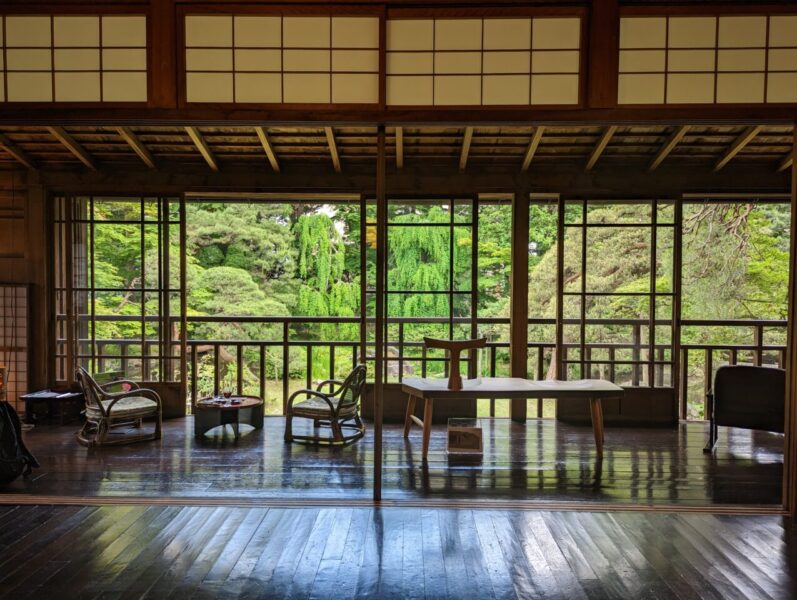
Before the current ownership of the Iwate Consumers' Co-op, it was privately owned and treated as a villa or home, so it was not open to the public, and the neighbors probably thought it was a luxurious mansion. I think.
In 2000, the garden of Nanchoso became a Morioka city protected garden, and in the same year it was opened to the public on April 29th, and its breathtaking view became widely known to the general public. Is not it.
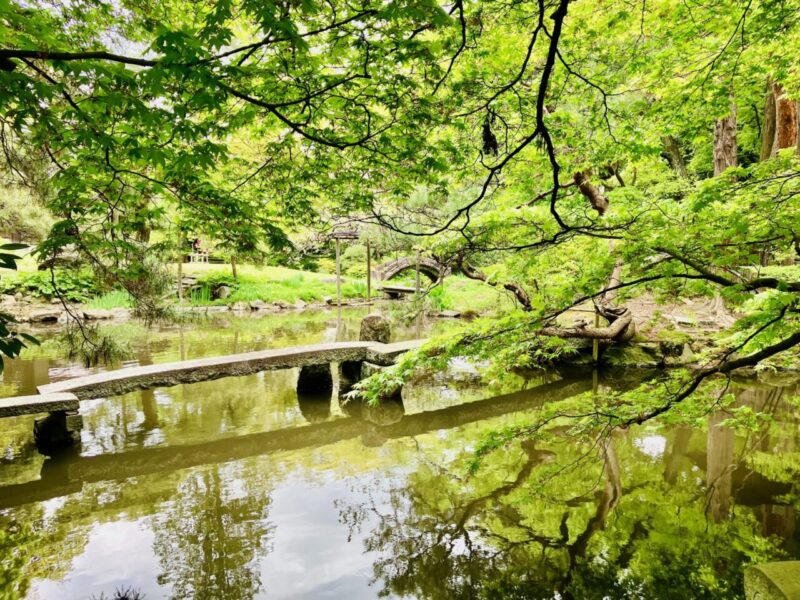
The garden incorporates the ``pond stroll garden'' seen in Katsura Imperial Villa, Shugakuin Imperial Villa, Rikugien Garden, Korakuen, etc., and a 30-tatami ``Nanchō no Ma'' that overlooks the entire garden is placed on the mezzanine floor of the main building, emphasizing seated viewing. It is characterized by its unique design, and many tourists visit during the autumn leaves season.
This year, the 2023 fall foliage season is scheduled to be open to the public from November 8th (Wednesday) to November 12th (Sunday), and during this period, the museum will be open from 10:00 to 19:30.
*Light-up starts at 16:30, admission is until 19:00.
You can also enjoy a leisurely meal inside Namshoso.
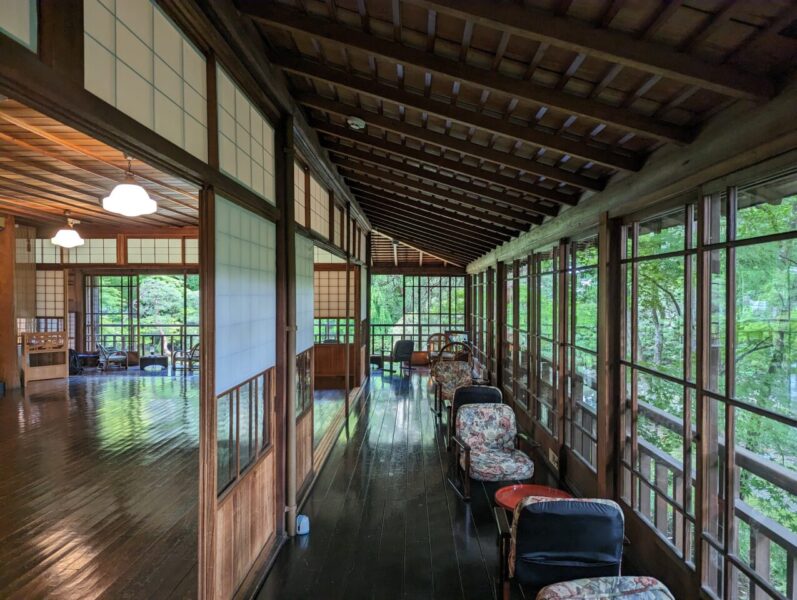
There is a separate entrance fee to enter Namshoso, but you can enjoy coffee and tea, seasonal Japanese sweets, and bento boxes from Azumaya, which was founded in 1902 and is famous for its Wanko Soba. *Minimum of 2 bento boxes available. Reservations must be made by 3:00 pm the day before.
I visited in the early afternoon of early summer around 2:00 p.m. and thoroughly enjoyed the coffee and sweets they provided.
It was a truly luxurious time to have a private break while looking out at the garden, where only the sound of the wind could be heard, without having to spend time with other guests.
Of course, you can come with friends or couples, but I personally recommend coming alone.
When you forget about time and look at the garden, you forget about your daily busyness and feel like you are on a different time axis.
summary
Namshoso has passed 138 years since its completion this year, and although it may seem like it has changed hands many times and been at the mercy of the times, I believe that all the owners have admired Namshoso and have owned it.
It also shows that it has been used with care and care.
You can understand that feeling if you go there, and it is a wonderful building that is rarely seen in Tohoku.
I would like to cherish it so that it remains part of Morioka's gorgeous culture as time goes by, and if possible, I would like to visit it every season.
Nanchoso <Information>
- Location: 13-46 Shimizu-cho, Morioka City, Iwate Prefecture
- Opening hours: Summer (4/1 to 11/30) 10 a.m. to 5 p.m., winter (12/1 to 3/31) 10 a.m. to 4 p.m.
- Closed: Every Monday, Tuesday, and year-end/New Year holidays (around 12/26 to 1/10) *Open if Monday is a holiday.
- Admission fee: 300 yen for adults, discount for groups of 10 or more (270 yen), 150 yen for children (elementary and junior high school students), discount for groups of 10 or more (135 yen)



![A detailed introduction to the relationship with "Toyobai" and "Hohai Bushi" which are regulars at competitions! [Aomori Prefecture] Miura Sake Brewery](https://jp.neft.asia/wp-content/uploads/2022/11/795316b92fc766b0181f6fef074f03fa-6-150x150.jpg)
![[Morioka City, Iwate Prefecture] Morioka Fireworks Festival 2017 is the biggest summer event in the Morioka area! Delivering overview and hidden gem information bbff950c647492150ec211d842ca1a16_m](https://jp.neft.asia/wp-content/uploads/2017/07/bbff950c647492150ec211d842ca1a16_m-150x150.png)
![[Morioka City, Iwate Prefecture] Wanko Soba? Or cold noodles? Famous restaurants in Morioka City where you can enjoy local specialties! 07f2925e8186367aef1f9a04b7335be1_m](https://jp.neft.asia/wp-content/uploads/2017/04/07f2925e8186367aef1f9a04b7335be1_m-150x150.png)
![[Morioka City, Iwate Prefecture] A famous spot that is very popular with children! Guide to Iwayama Parkland and Iwate Prefectural Transportation Park c547461ffcd1e39444a5423c7c2438a0_m](https://jp.neft.asia/wp-content/uploads/2017/07/c547461ffcd1e39444a5423c7c2438a0_m-150x150.png)
![[Morioka City, Iwate Prefecture] Morioka Handicraft Village is a gathering of top craftsmen! You can experience making traditional crafts 7aaa1471b933f1c5f96cea074d459fe1 m](https://jp.neft.asia/wp-content/uploads/2017/07/7aaa1471b933f1c5f96cea074d459fe1_m-150x150.png)
![[Morioka City, Iwate Prefecture] “Fujiwara Apiary” is a hall of fame honey sales place! In fact, ice cream is very popular! cf611ab70b6b0cf1e6c4a6af355ab510_m](https://jp.neft.asia/wp-content/uploads/2017/07/cf611ab70b6b0cf1e6c4a6af355ab510_m-150x150.png)
!["Higashiya Main Store" is a long-established store that originated in Wankosoba! Summer-only salad soba is also popular! [Morioka City, Iwate Prefecture] b70838873756b6649ca766038b92d911_m](https://jp.neft.asia/wp-content/uploads/2017/08/b70838873756b6649ca766038b92d911_m-150x150.png)
![[Morioka City, Iwate Prefecture] Zaimokucho Yoichi is a famous event that has been going on for over 40 years! Enjoy world-class craft beer 1e0811788ba4c202290eeee0c77158363_m](https://jp.neft.asia/wp-content/uploads/2017/11/1e0811788ba4c202290eee0c77158363_m-150x150.jpg)
